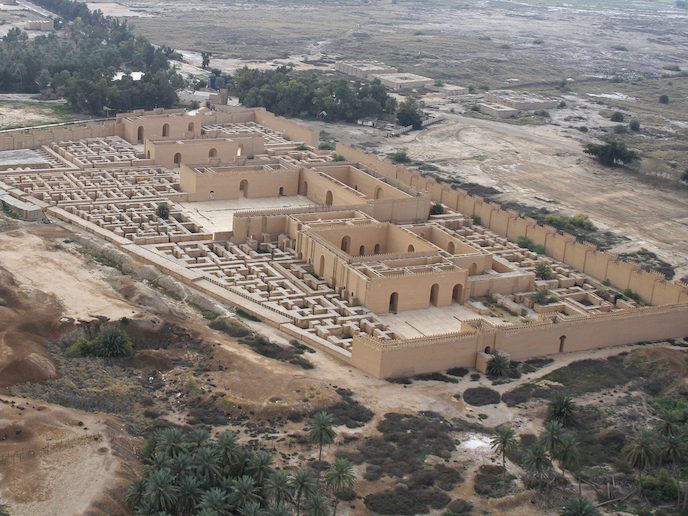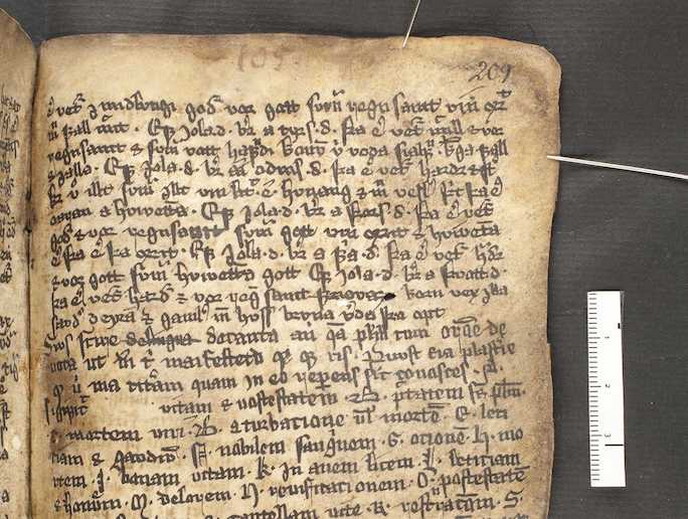The great cities of ancient Mesopotamia: looking for insights beyond the archaeological record
Royal inscriptions, decrees, administrative and economic records all reveal aspects of people’s relationships to the cities in which they lived millennia ago. The RoyalCities project examined such records using a novel comparative approach to gain an insight into ancient minds. The project harnessed a methodology that combined philology, religious studies, and an analysis of social and political history to answer questions such as: What were the effects of the kings’ presence and patronage on the urban fabric of Assur, Nineveh and Babylon. “We set out to challenge some long-held assumptions, specifically our tendencies to think of ancient cities as coherent or well-defined units. We have a modern desire to mentally file different urban settlements into neat categories such as ‘holy city’, ‘capital city’, ‘provincial city’, ‘trading post’ and so forth,” explains Shana Zaia, doctor of Assyriology at the University of Vienna(opens in new window). She was the project’s co-principal investigator and a Marie Skłodowska-Curie fellow(opens in new window). But contemporary minds framed their urban environments differently. “When looking more closely at the original text sources, the terminology around cities is much more slippery than we typically consider it, as these categories are either not represented in Akkadian or are not applied in ways we would expect,” says Zaia. Her findings are freely available on her website(opens in new window). RoyalCities was interested in establishing a more nuanced understanding of what ‘capital city’ might have meant to those who inhabited one.
Honouring the gods as warrior or as builder?
The project started by considering royal inscriptions chronicling the great deeds of the rulers of the Neo-Assyrian (c. 1000-610 BCE) and Neo-Babylonian (626-539 BCE) empires. What, to a contemporary mind, constituted ‘great deeds’? As Zaia explains, while these texts certainly had a political agenda, they can give us a good sense of what the kings believed their priorities were and how they wanted to be seen in terms of their performance of kingship. “While there are many similarities between the kings of the Neo-Assyrian and Neo-Babylonian empires, the former place roughly equivalent emphasis on the king as a successful warrior and as a great builder, while the latter are almost exclusively interested in construction works as a way to honour the gods.”
Power and patronage beyond the public façade
The cracks in the idealised façade of royal inscriptions can be seen from genres that represent the perspectives of elites across the empire – officials, priests, scholars, administrators, generals – who played significant roles in creating and maintaining the king’s imperial fictions. The sources show the king was all too frequently absent or negligent. “State actors had to coordinate with one another to respond to royal whims or overcome the king’s inattention.” At the heart of the project was the question: Did kings really have that much impact on shaping the empire around them and, if so, to what extent? They certainly brought wealth with them. Officials from across the empire routinely travelled for audiences with the king, but people would also visit the capital for legal, administrative and economic reasons. “Overall, the king’s presence, even passively, within the capital had a positive impact on that city across many socio-economic layers of society,” notes Zaia. The reverse, the project found, is also true: by not being a royal capital, cities could miss opportunities to flourish and might have sunk into obscurity. “The more we investigated, the more interested I became in questions of how non-capitals may have been impacted by their status, both positively and negatively, and how the state interacted with cities that did not obligate the kings’ attentions in the way that capitals did. Thoughts for the next project,” Zaia says.







